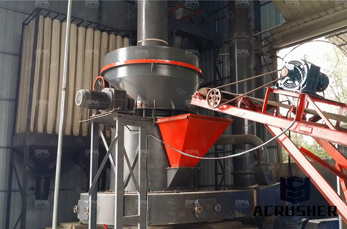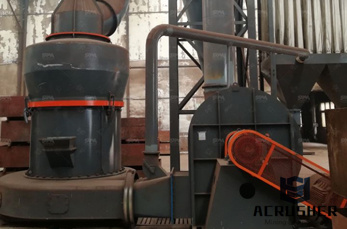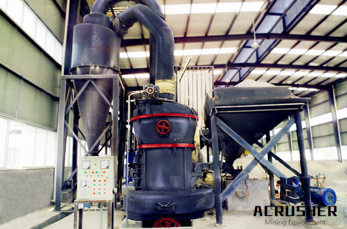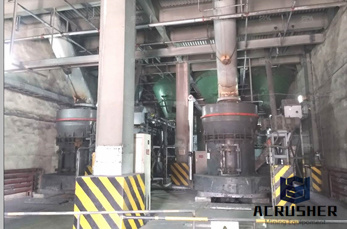Uses of limestone and dolomite Illinois: IDEALS Home
s : cir321 illinoisgeological surveylibrary stateofillinois departmentofregistrationandeducation williamsylvesterwhite,director ...
 WhatsApp)
WhatsApp)
s : cir321 illinoisgeological surveylibrary stateofillinois departmentofregistrationandeducation williamsylvesterwhite,director ...

Limestone aggregate is commonly selected for this purpose. Flux Stone – When crushed, lime can be used for smelting and other metal refining processes. The heat of smelting causes the aggregate to combine with impurities and may be removed from the process as a slag.

Limestone has many industrial uses. It is used as a building material, as a raw material in the manufacture of portland cement, quicklime, etc. Calcium is an important micronutrient. Several commercial drugs (antacids and calcium supplements) are nothing but pulverized limestone (calcite) 6. It is an important reservoir rock of crude oil and gas.

An important and growing use for lime is in the production of precipitated calcium carbonate (PCC), which is used in the production of paper, paint, ink, plastic, and rubber. The paper industry uses lime as a causticizing agent and for bleaching and, increasingly, for producing PCC for use in the paper manufacturing process. Crushed Rock 92

May 02, 2013· Some limestone, due to its crystalline structure, disintegrates during the calcination process. This type of limestone is not useful for calcining. There is some other limestone whose behavior is the opposite. This type of limestone become so dense during calcination that it prevents the escape of CO2 and become non porous.

Lime is used to capture and remove impurities in the juice of sugar beets. 125kg of limestone are used for the production of one ton of sugar. Most sugarprocessing plants have their own lime kilns, so they need goodquality limestone to burn. The high calcium limestone is converted into quicklime in these lime kilns, at a temperature of 900°C.

Limestone is One of the Most Popular Stones in the World. Unfortunately, though, many of us don''t know the full extent to which limestone has played a role in our world''s history. From courthouses, to pyramids, to temples, all the way to your home, limestone has shaped architecture in .

Jan 30, 2017· Limestone deposits are found throughout the world. They are "mined" in a process known as "quarrying." This process varies depending on the use of the product. If it is to be made into cement, it is needed in small pieces so that it can be ground ...

Limestone. Limestone is a sedimentary rock composed mostly of the mineral calcite and comprising about 15% of the Earth''s sedimentary crust. It is a basic building block of the construction industry (dimension stone) and a chief material from which aggregate, cement, lime and building stone are made. 71% of all crushed stone produced in the is either limestone or dolomite.

May 21, 2012· USES OF LIMESTONE It can suppress methane explosions in underground coal mines. Purified, it is added to bread and cereals as a source of calcium. Calcium levels in livestock feed are supplemented with it, such as for poultry (when ground up). It can be used for remineralizing and increasing the alkalinity of purified water to prevent pipe ...

Limestone, sedimentary rock composed mainly of calcium carbonate, usually in the form of calcite or aragonite. It may contain considerable amounts of magnesium carbonate (dolomite) as well; minor constituents also commonly present include clay, iron carbonate, feldspar, pyrite, and quartz.

Limestone Uses. Because it is widely available, generally strong and easy to carve, limestone has long been used as a building material. The Great Pyramid at Giza, as well as many ancient Egyptian ...

The limestone pelletizing process adds moisture to the pellets, making drying a necessary step before storing or bagging the product. Rotary dryers are a common drying choice due to their efficiency and ability to handle a high amount of volume and variability in within the dryer lift and cascade the limestone pellets as they travel through the dryer''s rotating drum ...

Limestone certainly does not hurt the process and it can be argued that it does help. However, if the limestone contact tank is going to displace an active chemical treatment stage or system then we must strongly discourage the use of this method. We will never use, under any circumstances, limestone .

There are several industries that make use of limestone. As such, powdered limestone is used in the textile, paint, paper, rubber, glass and plastic industries amongst others. They are mostly used as fillers. Apart from this, it is used in the steel industry for the production process where limestone is used to remove impurities.

Jul 07, 2017· When limestone is used as a fluxing material then it is used as either raw limestone or as calcined limestone. Hydrated lime is generally produced from high calcium quicklime and contains 72 % to 74 % calcium oxide with 23 % to 24 % chemically combined water. Processing of limestone

processing assembly used for limestone. This report is available, at no cost, at It is also available on paper to the Department of Energy and its contractors, . Used Limestone Processing Plant. Get Price And Support Online; Limestone Quarrying and Processing: A LifeCycle .

The mining of limestone as a raw material and calcinating limestone into quicklime is a sophisticated engineering process that provides customers and prospects with high quality in order to meet their exacting standards regarding sizing and chemical composition.

Limestone mining can pollute water and create sinkholes. When limestone dissolves while it''s still in the ground, caves and gullies form, a natural phenomenon known as karst. Although this doesn''t hurt the environment in its natural form, once the limestone is mined out, sinkholes can form and disrupt underground waterways.

Apr 11, 2016· Limestone is mainly calcium carbonate(CaCo3), when it is heated it is decomposed in calcium oxide(cao) and cabon dioxide(Co2).It is a valuable natural resource used ...

The Production Process Of Limestone Processing. limestone will be crushed by crusher equipment. After crushing, the particle size of materials is suitable for transmission equipment to the European version of T or T shaped grinding medium speed mill.

These materials are still used in large quantities as building and engineering materials (including limestone products, cement, concrete, and mortar), as chemical feedstocks, and for sugar refining, among other uses. Lime industries and the use of many of the resulting products date from prehistoric times in both the Old World and the New World.

Limestone was most popular in the late 19th and early 20th centuries. Train stations, banks and other structures from that era are normally made of limestone. It is used as a facade on some skyscrapers, but only in thin plates for covering, rather than solid blocks.

Apr 10, 2016· Limestone is mainly calcium carbonate(CaCo3), when it is heated it is decomposed in calcium oxide(cao) and cabon dioxide(Co2).It is a valuable natural resource used ...
 WhatsApp)
WhatsApp)